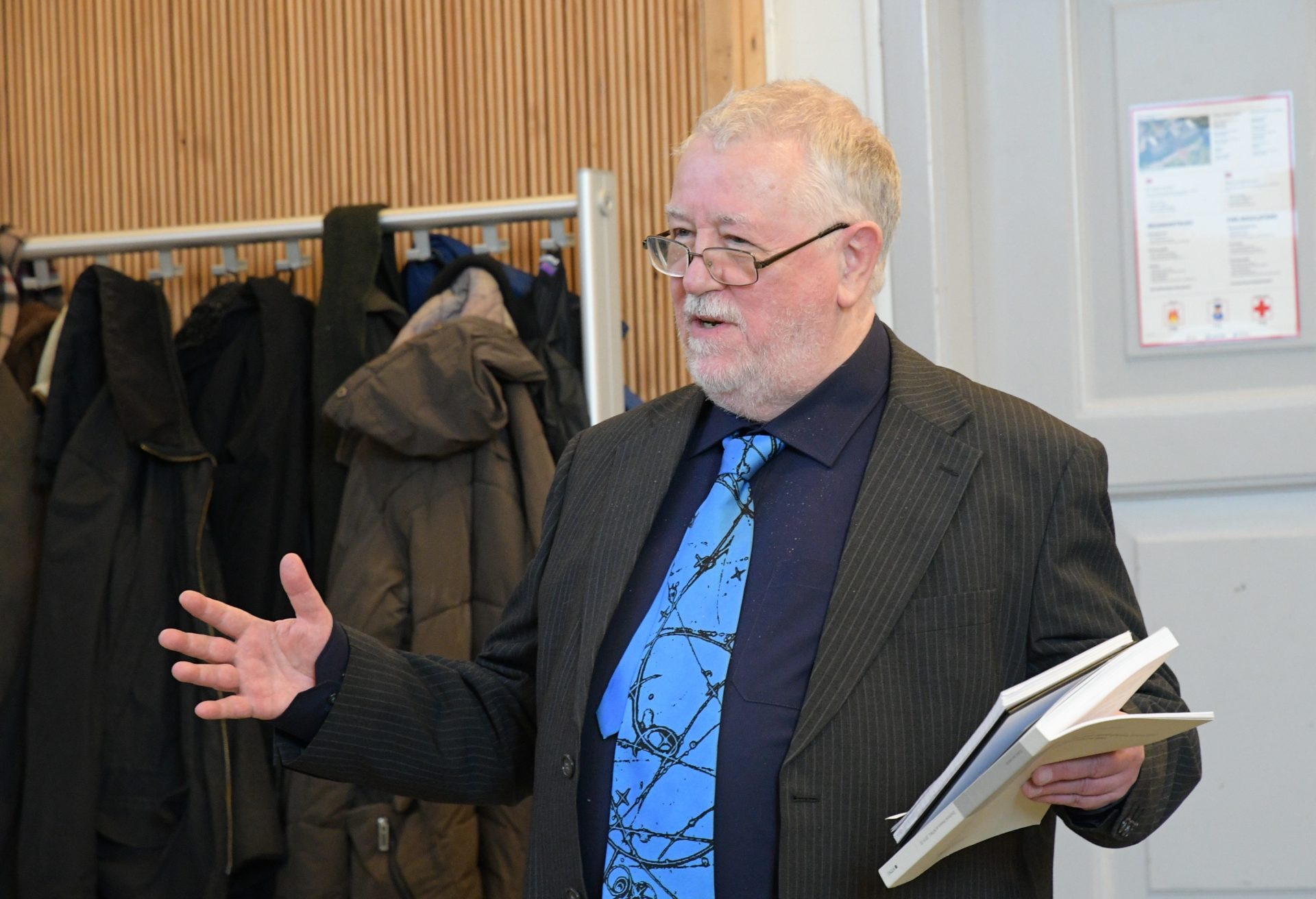In his doctoral work at NTNU, Eskil Aursand studied what happens if ice cold liquefied natural gas (LNG) comes into contact with, relatively speaking, boiling hot water. The thesis provides a basis to better understand the safety of LNG transport.
Dancing drops
When natural gas is transported over long distances, it is cooled down to under −162°C. Then the gas turns into a liquid, and it becomes worthwhile to transport it by ship. If this liquefied natural gas (the LNG) is spilled onto the sea by accident, the seawater is very hot in comparison. Then something happens which many people have seen in their kitchen: If you spill water onto a warm electric plate, the water drops will ‘dance’ about.
This happens because the drops are lifted by their own vapour, which forms a film between the drop and the electric plate. This is called film boiling. At the same time, the vapour is insulating, so that it takes a while before the drops evaporate. The electric plate temperature which can make the drops dance is called the Leidenfrost temperature.

Rapid phase transition
In the case of LNG, more can happen: Sometimes, the LNG liquid is heated in such a way that the liquid becomes unstable and cannot keep being a liquid. Then the liquid spontaneously evaporates. This means a strong expansion of its volume, or put in another way, an explosion. Even without the gas being ignited, this is a hazard e.g., to any nearby construction. Another expression for this phenomenon is rapid phase transition (RPT).
As far as we know, no major accident has happened this way, but still, we want to be on the safe side, and research on the subject has been going on since the 1970s. Nevertheless, we do not fully understand under which conditions rapid phase transition of LNG will happen. Aursand has attacked the problem employing weaponry such as fluid mechanics, kinetic gas theory and stability of gas-liquid films – into which we shall not go in detail here, but which the interested reader may find in the six journal articles he published during his doctoral work.
Simple, but complex
One of the results is a simple criterion for the occurrence of rapid phase transition of LNG on water: The water temperature must be below the Leidenfrost temperature of the LNG and above the highest temperature at which the LNG can exist as a liquid. The problem (or interesting thing) is, however, that none of these temperatures are easy to calculate, so Aursand concluded his thesis by providing five suggestions for new projects to enlighten the subject.
As part of the work, Aursand had an overseas stay in the research group of Professor Stephen H. Davis at the Northwestern University in Chicago.
The doctoral work forms part of the competence-building project Predict-RPT, which is a collaborative project between SINTEF Energy Research, the Department of Energy and Process Engineering at NTNU and the Gas Technology Centre NTNU–SINTEF, where Equinor is a partner. The project is supported by the Maroff programme of the Research Council of Norway.
The main supervisor for the doctoral work was Professor Bernhard Müller at NTNU. Professor Emeritus Tor Ytrehus (NTNU), Research Scientist Morten Hammer (SINTEF) and I were co-supervisors. Eskil Aursand is currently employed as a Research Scientist at the Gas Technology department at SINTEF Energy Research.




Pingback: Modelling liquid-on-liquid spreading during LNG spills - #SINTEFblog